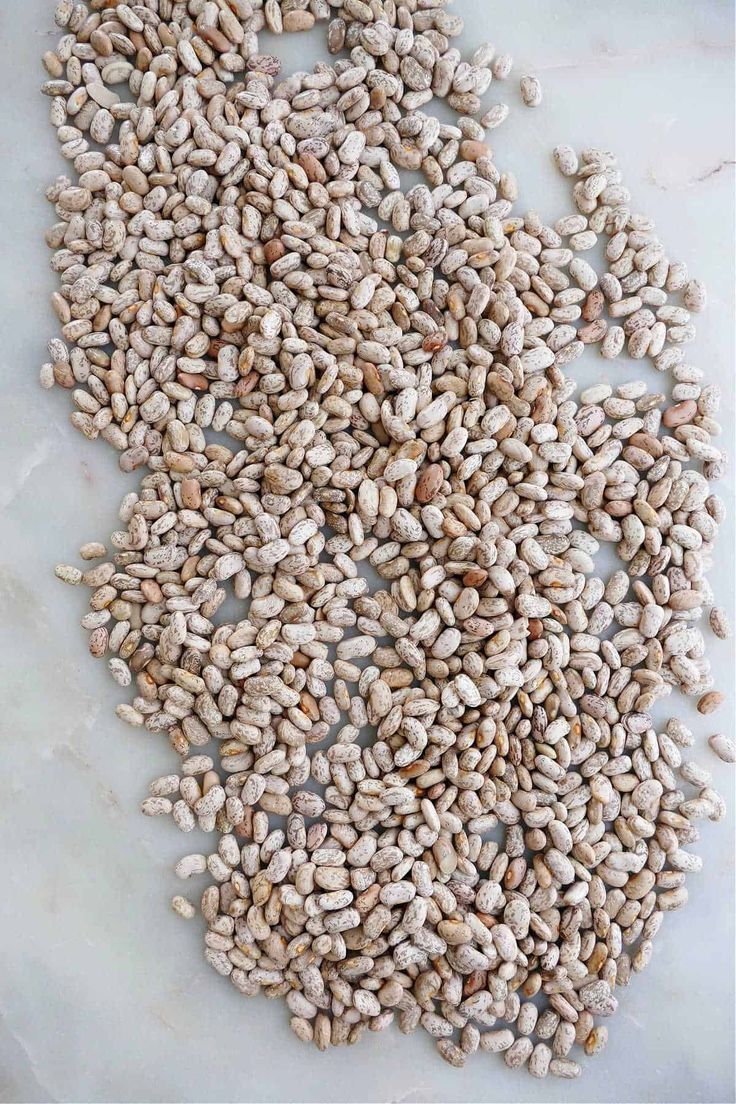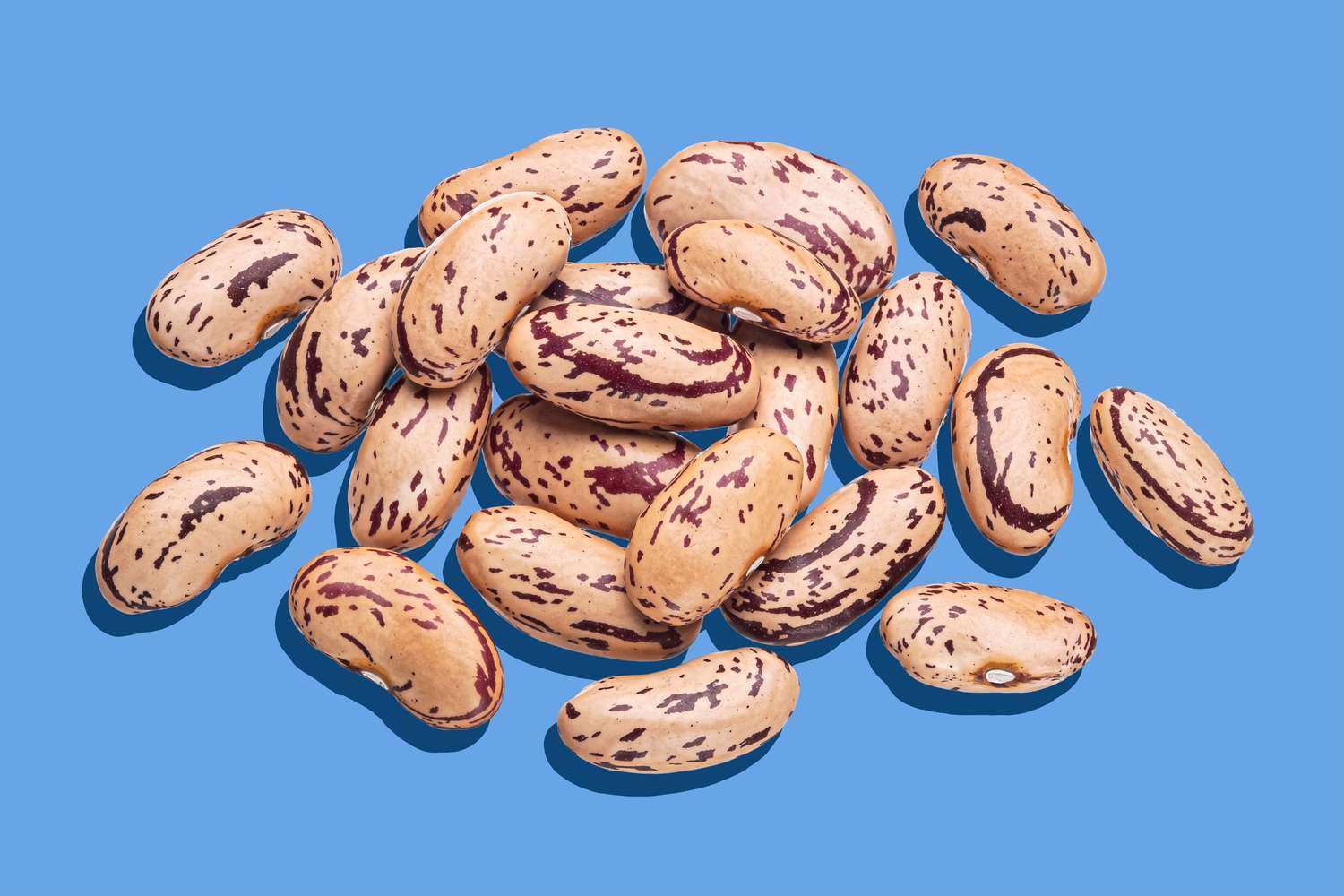Categories
The latest content
-

Customs Clearance & Import Regulations for Bulk Iranian Pinto Beans in EU, Middle East & Africa
..
-

Quality Control & Laboratory Testing Standards for Iranian Pinto Beans
..
-

Logistics & Shipping Solutions for Bulk Iranian Pinto Bean Exports
..
-

Minimum Order Quantity (MOQ) & Bulk Pricing for Iranian Pinto Bean Buyers
..

Tags
Global Market Trends & Demand Forecast for California Almonds; 2025 Outlook for Buyers & Importers

California almonds continue to dominate the global nut industry, accounting for nearly 80% of the world’s almond supply. As consumers become increasingly focused on plant-based diets, healthy fats, and natural protein sources, the global almond trade is projected to experience steady growth through 2030.
This article explores the current market landscape, global demand patterns, and future outlook for almond imports — with a focus on wholesale and bulk buyers across the EU, Middle East, and Asia-Pacific.
1. Global Production & Supply Outlook
California’s Central Valley remains the largest almond-producing region in the world, with over 1.3 million acres under cultivation. Despite recent challenges like drought and shipping costs, technological innovation in irrigation and orchard management has stabilized yields.
• 2024–2025 harvest volume: Estimated at 2.7 million metric tons
• Top exporters: USA (California), Spain, Australia
• Emerging suppliers: Iran, Turkey, and Morocco are entering niche markets with smaller, organic almond crops
Global almond availability is expected to remain stable, but with price fluctuations driven by freight rates and climatic shifts.
2. Demand Drivers in Key Importing Regions
Europe (EU-27):
Europe remains the largest importer of California almonds, especially in Germany, Spain, and the Netherlands. Demand is primarily for bakery, confectionery, and dairy substitute industries, as almond milk and almond butter become mainstream.
Middle East & North Africa (MENA):
Countries like the UAE, Saudi Arabia, and Egypt are seeing surging demand for almonds in the hospitality and gifting sectors. Premium Nonpareil grades are preferred for luxury confectionery and snack packaging.
Asia-Pacific:
India, China, and Japan lead almond consumption growth. India, in particular, has seen double-digit growth, driven by festive gifting and the health food industry.
3. Global Price Trends (2024–2025)
Almond prices have seen moderate recovery after pandemic-era volatility. With global inventories tightening and production costs rising, analysts project a 4–6% annual price increase through 2025.
Average bulk pricing (indicative, 2025 outlook):
• Nonpareil Premium: $5,200 – $5,600 per MT
• Carmel Standard: $4,800 – $5,200 per MT
• Industrial Grades: $4,300 – $4,700 per MT
Price stability will depend on California’s water situation, shipping logistics, and energy costs.
4. Trade & Logistics Factors
The shift toward direct supplier-importer contracts and framework agreements has increased transparency in almond trade. Exporters offering end-to-end logistics and cold-chain storage solutions have a competitive edge in maintaining quality during transit, especially to humid regions.
Key transport hubs for almond exports include:
• Port of Oakland (USA) → Europe, Middle East, Asia
• Port of Rotterdam (EU) → Continental distribution
• Jebel Ali (UAE) → Regional re-export center
5. Sustainability & Certifications
International buyers increasingly demand almonds produced under sustainable and ethical farming standards. Certifications like ISO 22000, HACCP, Halal, and Organic (USDA/EU) play a major role in supplier selection.
Moreover, initiatives like “Bee Friendly Farming” and water-efficient irrigation technologies are gaining traction, boosting consumer trust and import approvals in eco-conscious markets.
6. Demand Forecast 2025–2030
Analysts project that the global almond market will reach $25 billion by 2030, up from around $17 billion in 2024, representing a CAGR of over 6%.
The strongest growth will come from:
• Plant-based and vegan products (almond milk, butter, flour)
• Snack innovations (flavored and roasted almond snacks)
• Cosmetic and pharmaceutical uses (almond oil and extracts)
Conclusion
California almonds remain a cornerstone of global agricultural trade, thanks to their consistent quality, variety range, and long shelf life. As demand continues to rise across emerging markets, establishing reliable supply partnerships and securing competitive long-term contracts will be key for importers.
Tamila Agrifood provides bulk supply solutions and customized framework agreements for international buyers, ensuring premium-grade almonds with flexible shipping and certified quality assurance.
Email: tamilaagrifood@gmail.com
Call / WhatsApp for Quotations: +989141858935



